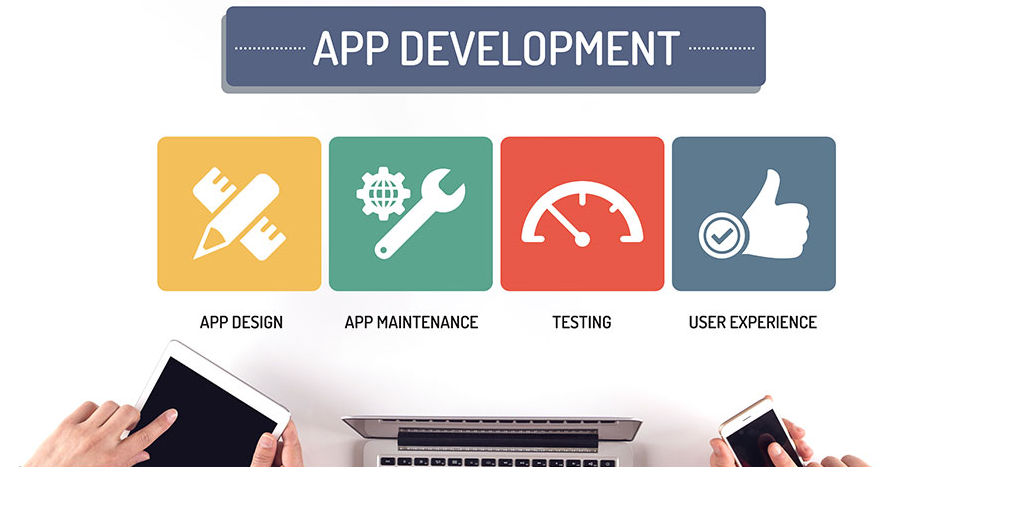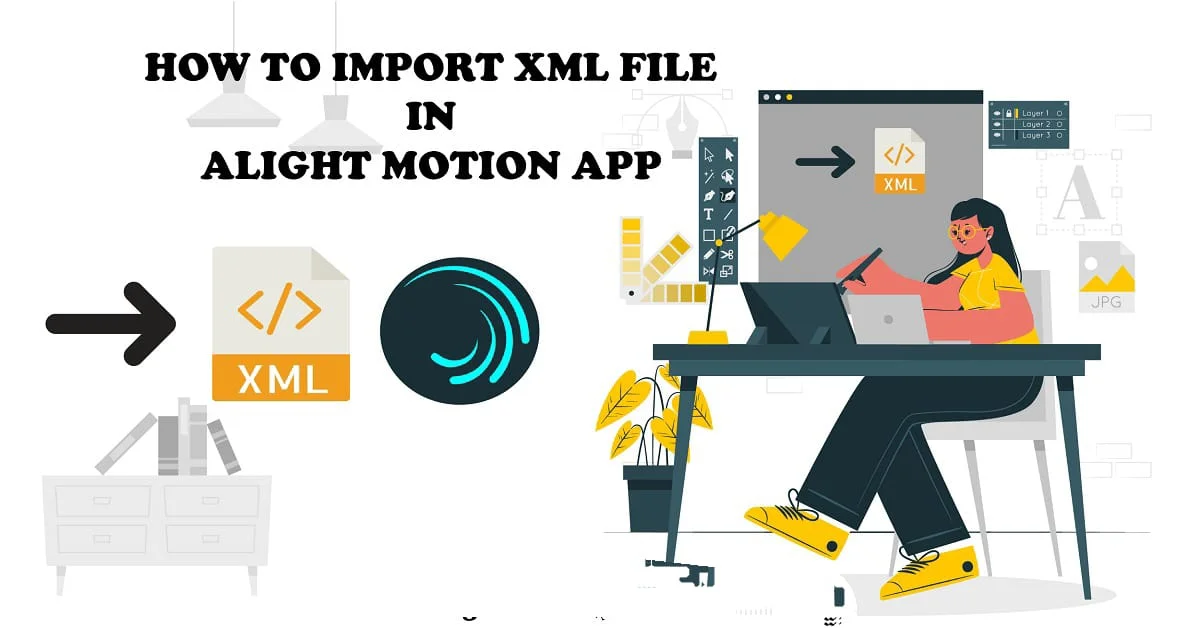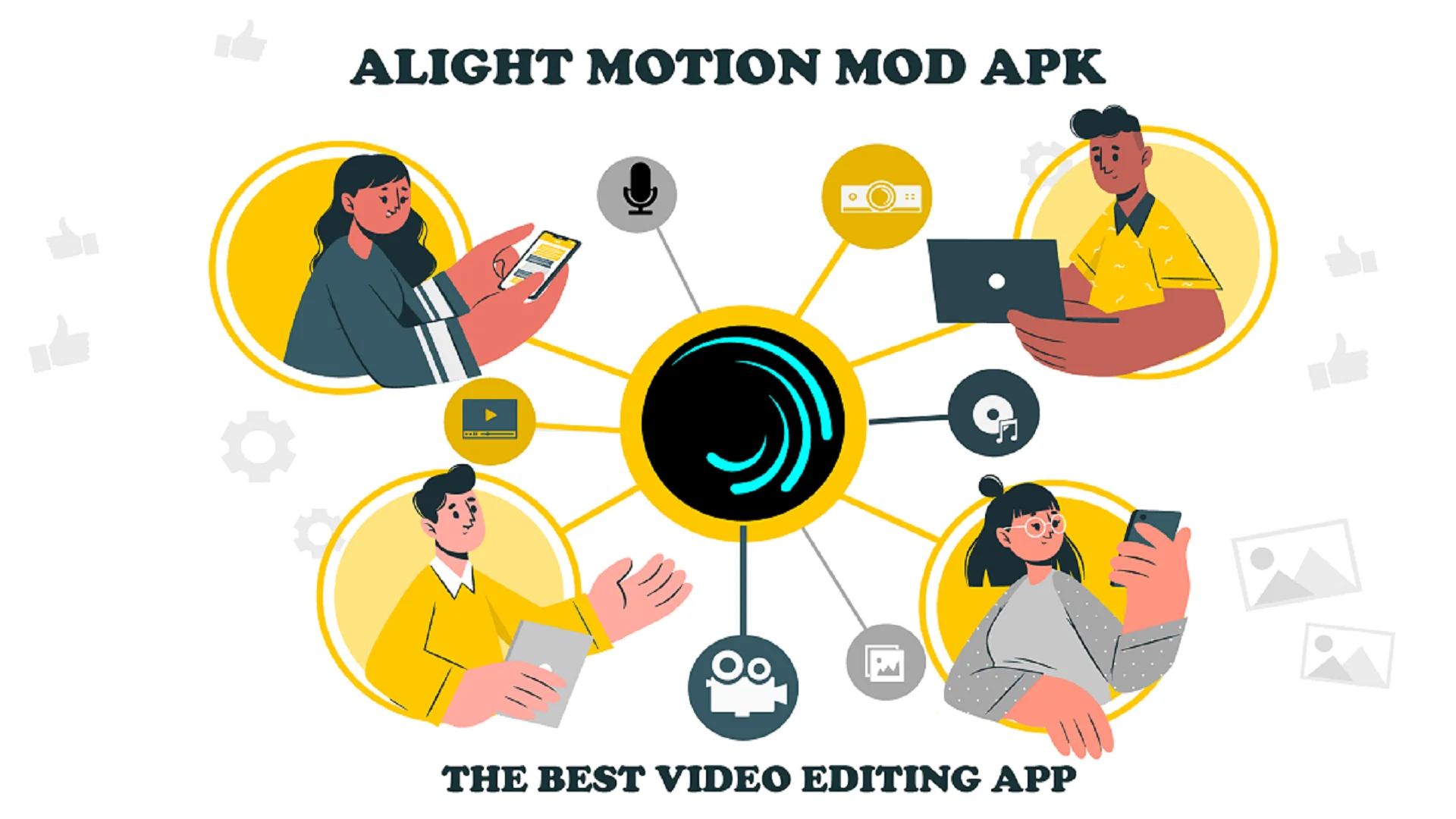Your cart is currently empty!

New and Easy way to Start App Development in 2025: Learn Basics in 10 Minutes.
App development is one of the most sought-after skills in today’s tech-driven world. With millions of apps available across platforms like iOS and Android, creating your app can be an exciting and rewarding journey. Whether you’re a complete novice or someone with basic coding knowledge, this guide will break down the process into manageable steps,…
App development is one of the most sought-after skills in today’s tech-driven world. With millions of apps available across platforms like iOS and Android, creating your app can be an exciting and rewarding journey. Whether you’re a complete novice or someone with basic coding knowledge, this guide will break down the process into manageable steps, explain technical terms, and provide the resources you need to get started.
Table of Contents
Why App Development?
Apps are at the center of our daily activities, whether for communication, entertainment, or productivity. By learning app development, you can:
- Solve real-world problems through innovative solutions.
- Earn income by publishing your apps or working as a developer.
- Expand your technical skills and open doors to career opportunities in the booming tech industry.
Types of Apps You Can Build
There are three main categories of apps:
1. Native Apps
- Built specifically for one platform, like Android or iOS.
- Use platform-specific languages like Kotlin for Android or Swift for iOS.
- Offer excellent performance and a smooth user experience.
2. Hybrid Apps
- Combine web and native technologies.
- Built using frameworks like Flutter or React Native.
- Allow you to develop one app that works on multiple platforms.
3. Web Apps
- Accessed via browsers, like Google Chrome or Safari.
- Use web technologies like HTML, CSS, and JavaScript.
Essential Skills for App Development
1. Programming Fundamentals
Start with basic programming concepts like variables, loops, and conditionals. Platforms like Codecademy or Khan Academy are excellent for beginners.
2. UI/UX Design
Learn the basics of creating user-friendly interfaces. Tools like Figma and Canva can help you design app layouts.
3. Version Control
Understanding Git helps you track changes to your code and collaborate with others.
Step-by-Step App Development Workflow

Step 1: Define Your App Idea
Your app idea is the foundation of your project. Think about:
- Problem-solving: What problem does your app solve?
- Target audience: Who will use your app?
- Unique value: What makes your app different from others?
For example, if you’re creating a to-do app, consider features like voice input, reminders, and cross-platform syncing.
Step 2: Create a Wireframe
A wireframe is a simple sketch or blueprint of your app’s layout. It helps you visualize how different screens will look and interact.
Step 3: Choose a Platform
Decide where you want your app to run:
- iOS: Great for reaching premium audiences. Use Xcode and Swift.
- Android: Ideal for broader global audiences. Use Android Studio and Kotlin.
- Cross-Platform: Use frameworks like Flutter or React Native to build for both platforms simultaneously.
Step 4: Set Up Your Development Environment
Your development environment includes the tools and software needed to code and test your app.
- For iOS: Install Xcode on macOS.
- For Android: Install Android Studio on Windows, macOS, or Linux.
- For Cross-Platform: Install Visual Studio Code or IntelliJ IDEA.
Don’t forget to download the necessary SDK (Software Development Kit) for your chosen platform.
Step 5: Learn Programming Languages
| Language | Platform | Description |
| Swift | iOS | Optimized for building Apple apps. |
| Kotlin | Android | Preferred language for Android apps. |
| Java | Android | Older but still widely used. |
| Dart | Cross-Platform | Used with Flutter for flexible apps. |
| JavaScript | Web, Hybrid | Powers web and hybrid apps. |
Start with beginner-friendly languages like Python to build programming confidence before advancing.
Step 6: Design Your App
User experience (UX) and user interface (UI) are critical.
- UI Tools: Use Figma or Sketch for mockups.
- UX Tips: Prioritize simplicity, consistency, and accessibility.
Step 7: Code the App
Begin coding by:
- Writing the backend (logic and database management).
- Designing the frontend (what users see).
- Integrating APIs for additional functionality.
Step 8: Test Your App
Testing ensures a bug-free app. Use tools like:
- Emulators in Android Studio.
- Real devices to check for performance issues.
- Debugging tools like Firebase Crashlytics.
Step 9: Publish the App
- iOS: Submit your app to the App Store via Xcode. Follow Apple’s review guidelines.
- Android: Publish on the Google Play Store via the Google Play Console.
Resources for Beginners
- FreeCodeCamp: Learn coding basics.
- Udemy: Paid courses for all skill levels.
- YouTube: Tutorials by channels like Traversy Media.
- Official Documentation:
- Swift
- Kotlin
- Flutter
Conclusion
App development can seem daunting, but breaking it into small, manageable steps makes it achievable. With the right tools, a solid understanding of the basics, and consistent practice, you can build your first app and take your first step into the exciting world of tech innovation.
Interesting read: Cloud Storage for Beginners: Comparing Services Like Google Drive and Dropbox


